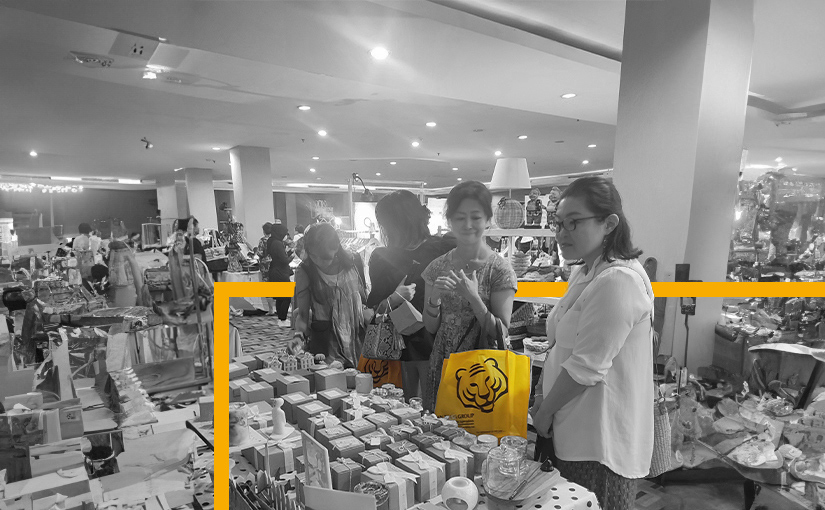Conservation Story 7: Eliminating Blood Honey
Conservation Story 7: Eliminating Blood Honey
28 Jan 2019
Working towards safe honey production and reducing human-tiger conflict
Author: Retul Saha
The Sundarbans forest is home to many rare and globally threatened wildlife species like the royal Bengal tiger, among many others. At the same time, the forest also belongs to the communities that live on its fringes and depend on it for their livelihood. Wild honey collection from the forest is one such source of livelihood for traditional honey collectors living around the forests. But the profession more often than not has proven to be fatal due to human-tiger conflict. Find out here, how WWF worked with the local community in coming up with a solution.
The Sundarbans forest, spread across India and Bangladesh, is home to many rare and globally threatened wildlife species like the estuarine crocodile, the royal Bengal tiger, the Water monitor lizard, the Gangetic dolphin and olive ridley turtle. At the same time, the forest also belongs to the communities that live on its fringes and depend on it for their livelihood. Wild honey collection from the forest is one such source of livelihood for traditional honey collectors living around the forests.
But the profession is not easy – more often than not, it has even proved to be fatal. Wild honey collection from Sundarbans forests by traditional honey collectors (moulis) accounts for about 34 percent of deaths attributed to human-tiger conflict, despite being short seasonal activity lasting from March through May every year. The phrase ‘blood honey’ is often used to describe this, as approximately 5 honey collectors die every year in the Sundarbans due to conflict with tigers.

In an attempt to find solutions to this, WWF-India in alliance with the Sundarbans Biosphere Reserve (SBR) directorate, designed a pilot study to find out if the instances of ‘blood honey’ could be reduced if moulis keep apiary boxes at designated locations in the forests. Apiary boxes are boxes where beehives of honey bees can be kept and bred. To test this hypothesis, a project involving five moulis was conducted in the Lothian Wildlife Sanctuary in March, 2017, wherein the applicability of placing apiary boxes in the fenced off areas of Sundarbans and carrying capacity study are being doneand traditional moulis were trained on apiculture.
The results were exceptionally good. The daily yield of honey from each apiary box was nearly double than what was collected from wild bees. For Sanatan Sardar, who has been collecting honey in the Sundarban forests for ages, “We have always been worried about our lives while going into the forests to collect honey – for ages, villagers have been losing their lives while trying to earn a living out of this. But now, with the apiary boxes, we can double the production of honey in safe ways.”
The Forest Department has also endorsed this concept and has already allowed apiary boxes to place inside one of their forest compound. The Directorate asserted that the honey collectors who were trained through this initiative would be allowed to place boxes inside fenced off areas.
The honey samples from the boxes have also matched the standards set by the Bureau of Indian Standards (BIS) and Food Safety and Standards Authority of India (FSSAI).
WWF-India has also been working on assessing the capacity and pollination ecology to estimate honey yield. The Bose Institute, Kolkata provided scientific know-how on this requirement. The initial pollen productivity report is expected to be out in December, 2017.
There is also an attempt to form market linkages towards smart packaging and setting up a manual honey processing unit.
This project is supported by Canara HSBC Oriental Bank of Commerce Life Insurance Company Ltd.
Conservation Story 9: Two Grown-up Tiger Cubs are Moving to the Northwest of Tiger Range











